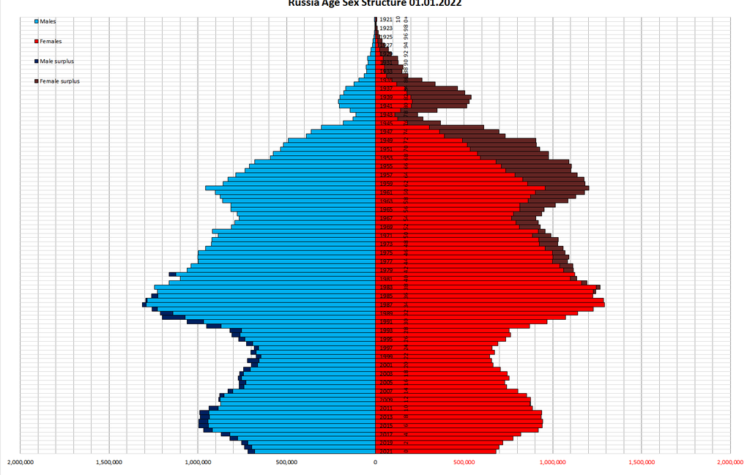Definition
A geodesic is the shortest path between two points on a curved surface, such as the surface of the Earth or any other spherical body. This concept is crucial in the fields of geometry, physics, and geography, particularly in the calculation of distances and the construction of maps. In architecture and structural engineering, a geodesic refers to a structure made up of a network of straight lines that form a part of a sphere or other curved surface, often seen in the design of domes.
Etymology and Origin
The term geodesic comes from the Greek words geo- meaning “earth” and daiein, meaning “to divide”. It was first used in the context of geodesy, the science of measuring the Earth and its geometric properties. The concept of a geodesic line as the shortest route between two points on the earth’s surface extends from this scientific pursuit. The adoption of the term in mathematics and physics to describe the shortest path on any curved surface maintains the original implication of measuring and understanding the Earth’s geometry.



